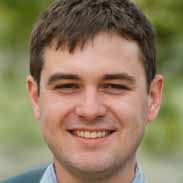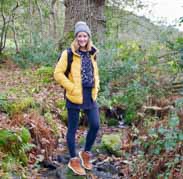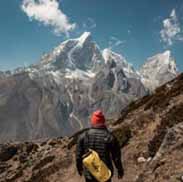Paleontology Flashcards, test questions and answers
Discover flashcards, test exam answers, and assignments to help you learn more about Paleontology and other subjects. Don’t miss the chance to use them for more effective college education. Use our database of questions and answers on Paleontology and get quick solutions for your test.
What is Paleontology?
Paleontology is the study of ancient life. It is a sub-discipline of geology that deals with fossils and their interpretation. This field studies the history of life on Earth, particularly as it relates to evolution and adaptation. Paleontologists are interested in understanding how creatures lived and evolved throughout time by studying their remains, or traces they left behind such as fossilized footprints and teeth. With this information, scientists can piece together an image of what the world may have looked like millions of years ago. Paleontologists use different tools to uncover fossils in sedimentary rocks around the world where these organisms once lived. They work carefully so that none of the fossils are damaged during excavation. After collecting specimens, paleontologists will then analyze them using various methods such as X-ray imaging, CT scanning, and chemical analysis to learn more about how living things existed in past ecosystems. In addition to excavating fossils from rock layers all over the world, paleontologists also study ancient environments by looking at geological data gathered from drilling cores through deep sediments which store vital records about climates prior even further back than when dinosaurs roamed our planet. They also study microfossils found in lake sediments or ocean floor deposits for clues about long-ago organisms that make up our current biosphere today – some too small even for us humans to see without special equipment. Paleontology provides us with insight into our past; not only revealing what happened millions of years ago but helping us understand why we’re here now. This knowledge can be used to shape conservation efforts aimed at preserving endangered species or protecting areas threatened by climate change. Paleontological research has been instrumental in developing theories about evolutionary biology, ecology and natural selection which ultimately help inform modern day practices around sustainable management and resource utilization – something no other scientific discipline can do quite like it does.
























